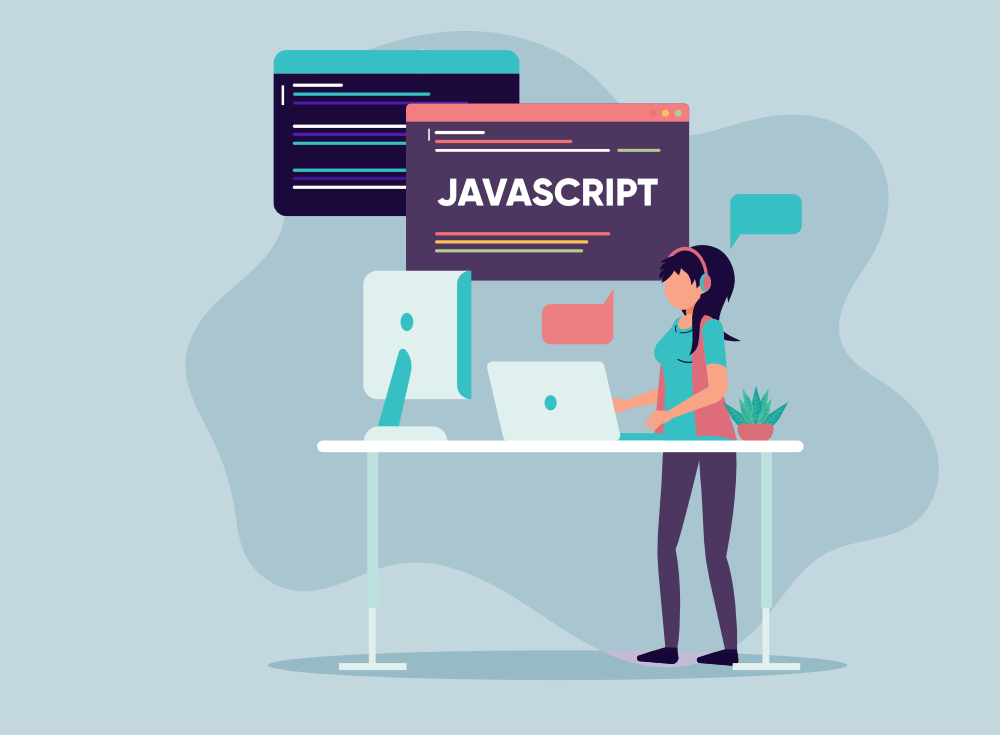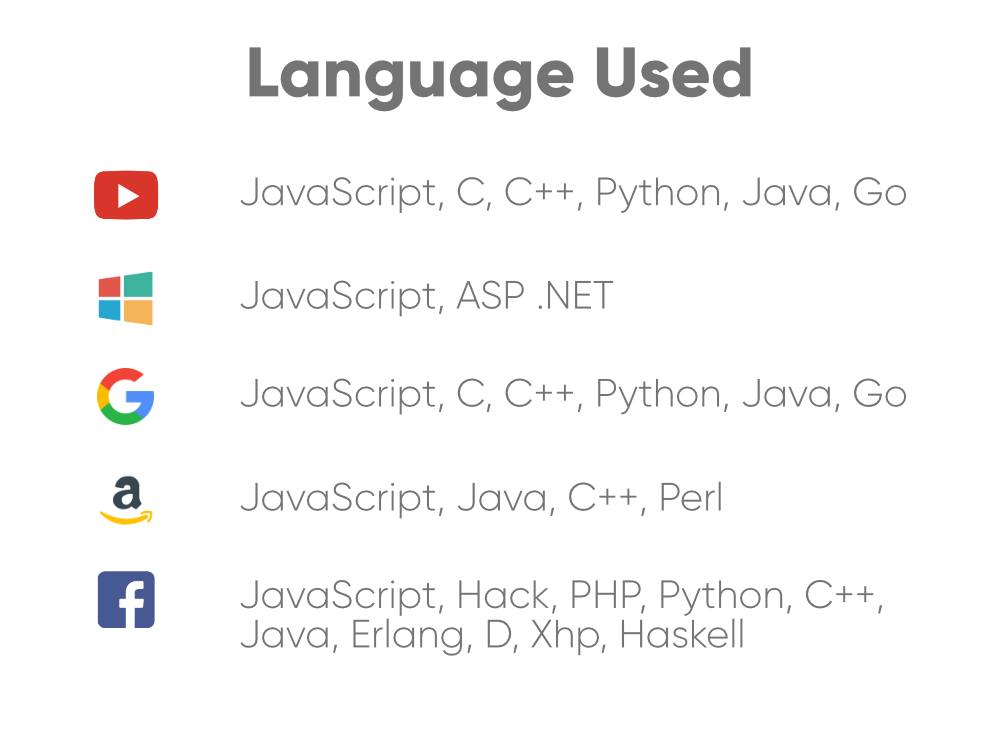How to Become a JavaScript Developer?
Last Updated :
29 Jun, 2022
Javascript is Everywhere. If we talk about any small startup or big company most of them are working on any kind of website or an app always looking for someone with Javascript knowledge. Millions of web pages are built on JavaScript and it’s not going anywhere at least for now. This language is huge in demand and a TON of job posting is there which you can check in your area on LinkedIn. On one side where HTML and CSS give styling to the pages, another side is JavaScript which makes them alive.

The Javascript is used widely and it’s not limited to just only in your web browser but also widely used on the server-side as well. JavaScript is used by 95% of all the websites which you can check here. According to Stack Overflow Developer Survey 2019, Javascript is the #1 programming language as well so if you want to take the path of choosing javascript and become a javascript ninja then it’s not a foolish decision.

Now the problem you may face while moving toward this language is where to start, which frameworks you should choose, things you need to cover, books, tutorials, blogs or which path you should follow. Relax, take a deep breath and we will tell you everything one by one and give you a complete roadmap to becoming a Javascript developer.
1. Basic Fundamentals and Asynchronous Concept: If you are a beginner you should firstly focus on core concepts or basic fundamentals like Let, var, and const, If-else statement, Loops, Functions, Map, Filter and Reduce, Expressions and Operations, Numbers, String, Arrays and Objects, ES5, ES6. You should know all the basic concepts before moving forward. How to manipulate DOM, how to use events and all the other basic stuff in Javascript. When you are clear with its basic concepts learn about the asynchronous behaviour of a javascript. Also learn about Prototypes, Coercion, Hosting, Scope, callback, promises, closures, and higher-order functions and how all these work in this javascript.
2. Take Algorithmics Challenges: When you will apply for the Job as a JavaScript developer you will encounter some algorithmic challenges to solve in your interviews. There will be some code tests or a few companies prefer to send online tests or project repositories or they can ask to perform some live code tests at the company. So we highly recommend that once you are done with the basic concepts solve some algorithmic challenges and test your knowledge also check your code by doing some manipulation or taking some other input example. Check how the output differs when you try to play with your code.
3. Client-Side Framework and Libraries: When it comes to the front-end part of an application so many Javascript frameworks and libraries are out there which creates confusion among developers in choosing the right one among all of them. Keeping in mind two things learning curve and from a job perspective, we highly recommend choosing either Vue.js or ReactJs or AngularJS. These client-side frameworks and libraries are high in demand in the job market and most of the companies are using them to build their applications. You can check the popularity and comparison of these frameworks on Google Trends or you can also check the link Angular vs React for further help in choosing the right framework to learn.
4. Server-Side Framework and Environment: JavaScript is not limited to the browsers only, you can also run it outside the browser and NodeJS is the technology that allows you to run Javascript outside the browser. NodeJs is an extremely powerful runtime environment that enables JavaScript to become a back-end programming language and in recent years developers prefer to use NodeJS along with ExpressJS which is the framework of Node and it is widely used to build backend APIs. So we highly recommend you to learn both of them.
5. Databases: While implementing your javascript application you should have knowledge of at least one database to connect your application and to store and manipulate data. You can use any SQL or NoSQL database. Some of the options are MongoDB, PostgreSQL, MySQL, CouchDB, and Redis. So make sure that you should have basic knowledge of at least one database.
6. Task Runners & Module Bundlers: Task runners help in the concatenation of multiple js files and it runs every time a certain file is changed. Gulp and Grunt these two task runners are mostly used by developers. If we talk about Module Bundlers so these are responsible to stitch the Javascript files into a single file before executing it, it improves website performance. Webpack and Browserify two are preferred by most of the developers so we recommend you to choose the above task runner and module bundlers.
7. OOP and Functional Programming: Object-Oriented Programming in JavaScript doesn’t work as it works in other programming languages. Its concept is different and it can create confusion because JavaScript is prototype-based rather than class-based. Please refer to the link Object-Oriented Javascript for a better understanding of it. Also, learn about functional programming and know how it is different from OOP. Check the link Functional Programming and Introduction to functional programming for a better understanding of it in Javascript.
8. Design Patterns: Design patterns help in making an app scalable and maintainable also it makes developers’ work easier so learn to use some common design patterns in Javascript like Module, Prototype, Observer, and Singleton also learn how to use them to solve different types of problems. You can check the link Design Pattern in JS for an understanding of this topic.
9. Deployment and Hosting: Once you are done with all the concepts, you can create your own project but the story doesn’t end here. You also need to deploy your project on a live server, this will help you to get a job, make a portfolio and for your own knowledge. GitHub Pages, Heroku, Netlify, Digital Ocean, AWS, Firebase. Heroku and Netlify are super easy to access so you can prefer any one of them.
10. Other Stuff
- Testing Libraries: Jest, Mocha, Jasmine, Sinen, Chai, Enzyme
- Package Managers: NPM and Yarn.
- Browser and Developer Tools: Chrome, Firefox, MS Edge and its development or debugging tools.
- Version Control
- Text Editor
- Knowledge of HTML and CSS
Below is a clear picture of the Javascript Frontend and Backend Part.
Client-Side:

Image Source: Google
Server Side:

Image Source: Google
You can also Read the below stuff:
Some of the Best Youtube Videos:
Newsletters:
Experts to Follow:
Interview Questions:
Reference:
Share your thoughts in the comments
Please Login to comment...